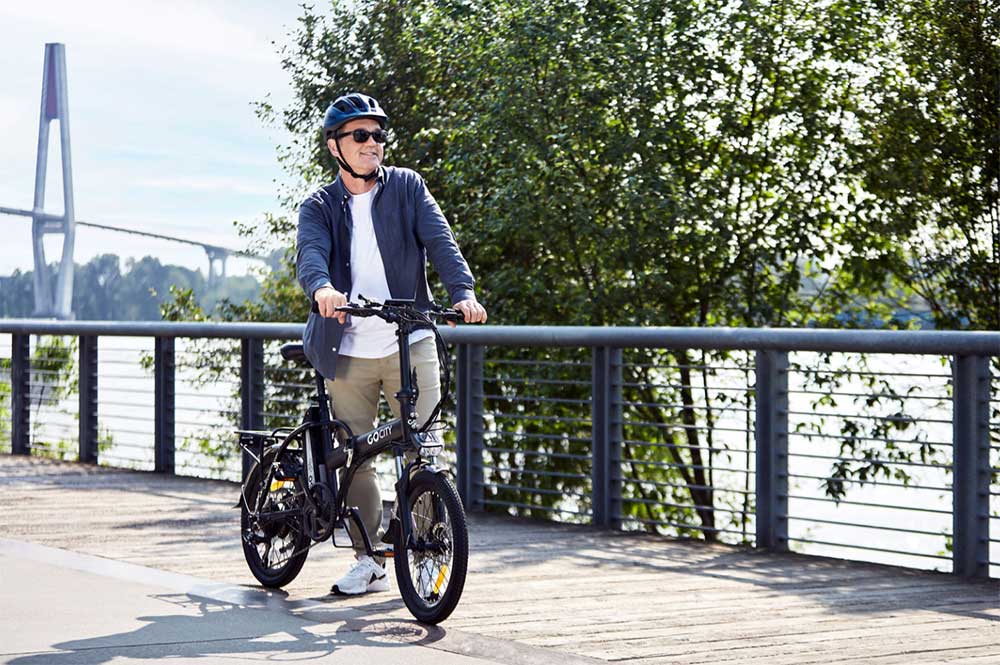
You may have heard of ebikes, or electric bikes, by now and might even be interested in getting one. Once you’re ready to take the plunge, check out our comprehensive ebike buying guide that walks you through all the types, features, and pros and cons to help you make the right choice. One particular aspect you might be wondering about is pedal assist vs. throttle assist. What’s the difference and which will work better for you?
How electric bikes work
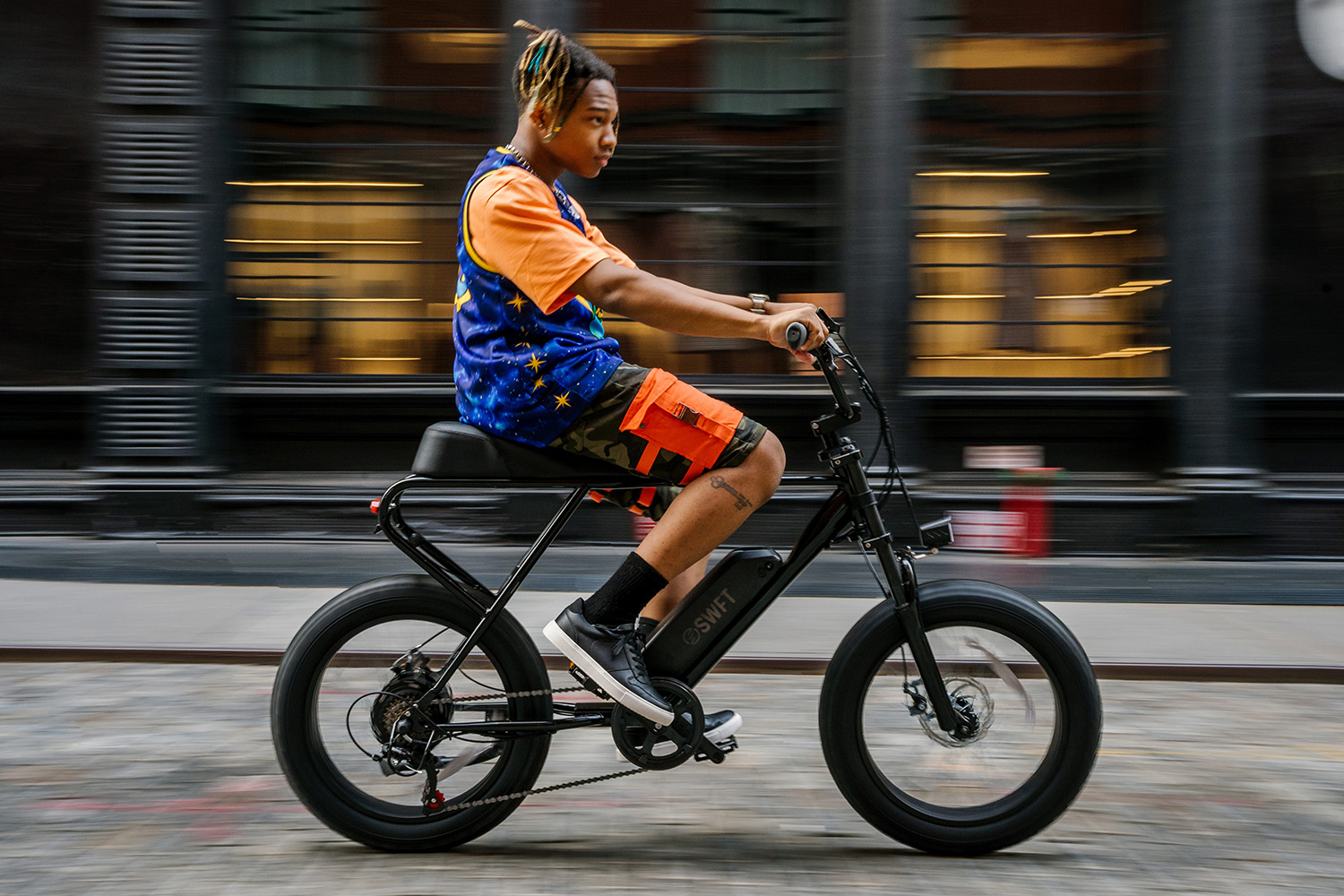
Electric bikes look like standard bicycles with one major difference: they include a battery-operated motor that provides extra power as needed. This might be for when you’re riding long distances, when you need to scale a large or steep hill or rough terrain, or simply because you lack the endurance to ride without some assistance but still want to enjoy the activity and exercise.
There are two ways these motors work: pedal assist and throttle assist. Some ebikes are pedal assist only. The other option is for the ebike to have pedal assist as well as throttle assist. That might be the ideal route if you want to enjoy the best of both worlds. But first, let’s break down how each works.
What is pedal assistance?
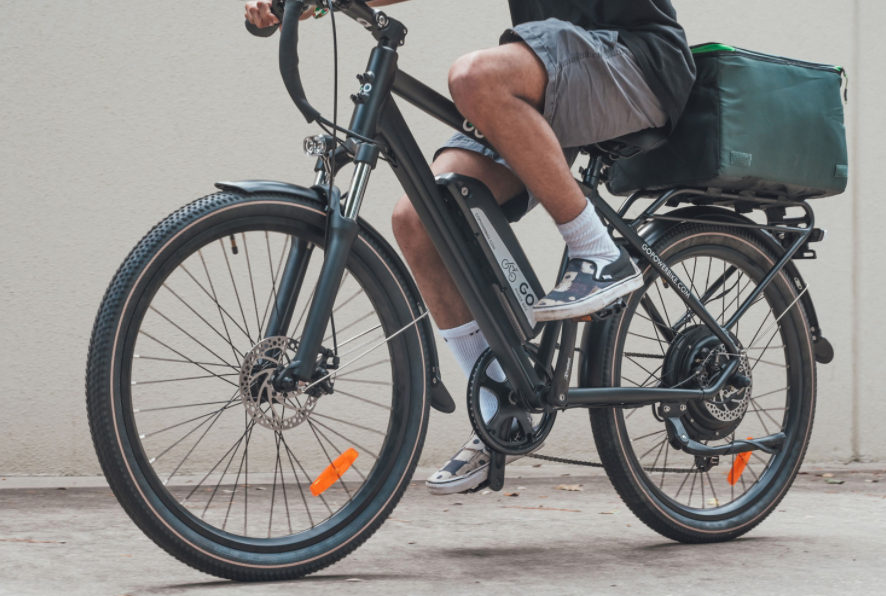
Pedal assist electric bikes, also known as pedelec bikes, power the motor only when the rider is pedaling. The pedal assist works through a sensor that monitors as you pedal, providing power based on the level you choose on the bike’s gauge cluster. You can choose to adjust pedal assistance levels be provide more support when you start to get tired after riding for a long period of time or you need an extra boost to get up a big hill or steep incline. You may choose the level of pedal assist from a range of low, which will give you a tiny extra boost, to high, which will require lighter pedaling to keep the bike moving. Ebikes have a range of pedal assist levels, many have 3 (low, medium, high) but some ebikes may have 5, or more than 7. Having more pedal assist levels helps the rider more finely regulate the level of assistance which the bike provides as you pedal; regardless, you must keep manually pedaling in order for the pedal assistance to kick in
While gears on a regular bike make it easier to pedal (or more difficult, if you so choose) depending on the setting, pedal assistance is different in that it’s an actual motor that helps you move forward further and faster. Your manual pedaling can signal for the motor to engage to support your pedaling; whereas, adjusting gears will make pedaling require more or less effort from the rider. While some electric bikes have gears as well, the pedal assist uses the power of the motor to provide additional assistance so you can go further and pedal with much less effort.
The idea of pedal assistance is to provide top-up assistance as you ride, but it doesn’t eliminate the need to physically pedal. Typically, these bikes can also function as regular bikes when you don’t need pedal assist and/or when the battery runs out. All of the electric bikes offered by Best Buy have pedal assistance, but some of them have something called a throttle as well.
What is throttle assistance
By contrast, electric bikes that also have throttle assistance work similarly to a motorcycle or electric scooter in that you engage a mechanism on the handles, like a grip twist, button, trigger, or lever, in order to power the bike and move it forward. With throttle assist, you don’t need to pedal at all: just cruise like you might in a car using cruise control. Some electric bikes with throttle assist have boost buttons for pure throttle action or ones where you twist or turn a lever to kick it into gear. It should have a dial allowing you to choose the level of throttle assist, from low to full.
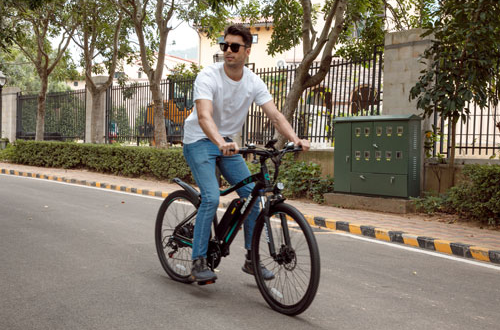
The throttle works by powering the motor as soon as you press the button, which will then move the electric bike forward without you having to pedal. Some have numbered levels so you can get familiar with them and choose how much throttle power you want. Others have pressure-sensitive buttons so the harder you press down, the more power you will get. You might only need a bit of power to move ahead in traffic, for example, but might need extra power when you’re about to try and scale a big hill. When the motor isn’t being used, it will be labeled as “idle” as you pedal away. There are, it should be noted, some throttle assist electric bikes that don’t have pedals at all, but these would fall under a different classification than the standard electric bike (more on that below).
An important aspect to look at when choosing an electric bike with throttle assist is modulation, which refers to how power increases. A throttle assist ebike with good modulation will allow you to increase the power a little bit of time so you’re not going from 0 to full force ahead, causing your body to jerk back abruptly.
You’ll notice if a bike has throttle assistance if this is listed in the features. The throttle will also be visible on the handlebar or grip. Pedal assist, meanwhile, would be operated simply by selecting the level via a simple dial controller or button unit.
Pedal assist vs. throttle assist: Which type of electric bike should you buy?
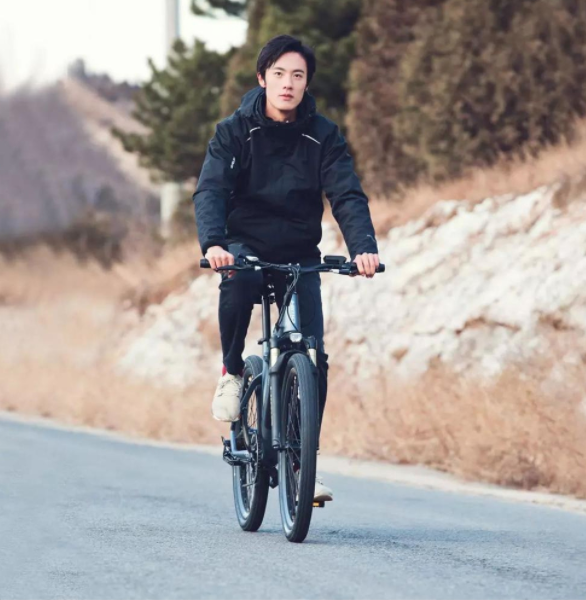
The decision of whether you should go with an electric bike that strictly works via pedal assistance or one that adds throttle assistance as well comes down to how, where, and why you plan to use it. You also need to take into consideration the regulations in your province.
An electric bike with pedal assistance exclusively might be all you need if you just want a bit of extra “oomph” when necessary. This could be when riding farther than usual or scaling big hills at the cottage or on the local trail. If your goal is to get exercise, you might prefer this since it keeps you moving and manually pedaling while also providing an extra push. They are simple to operate and function just like regular bikes when you don’t need the added assistance. They are ideal if your focus with riding is still on exercise but you might not have the endurance or capabilities to go as far and as often as you like without some assistance.
If you think you might need a little more power, or want it, an electric bike with throttle assistance as well might require more of a learning curve, and might be a bit more expensive, but it could be worth the investment. You’ll need to get used to the levels of modulation and going much faster than usual without doing as much work. If you ride often, like commuting to the office on the daily, or if you do deliveries, you might benefit more from an electric bike that has the option for throttle assistance on those mornings when you feel like you’re dragging mroe than usual. You can get around much more quickly and seamlessly without tiring yourself out and overdoing it. You can also more comfortably go long distances and cruise if you’re on a wide, open road. If you hit traffic, throttle assist is worth having to only engage as needed.
Ideally, the best option would be a pedal assist ebike that also has a throttle you can engage as needed. Here, you get the best of both worlds, though you might not get as much throttle power as you would with a dedicated throttle assist ebike. Think of a pedal assist electric bike as a step-up experience from a standard bike and a throttle assist electric bike as a step down from a motorcycle. An electric bike with both, meanwhile, is like having a car with cruise control to engage when needed.
Electric bike classes
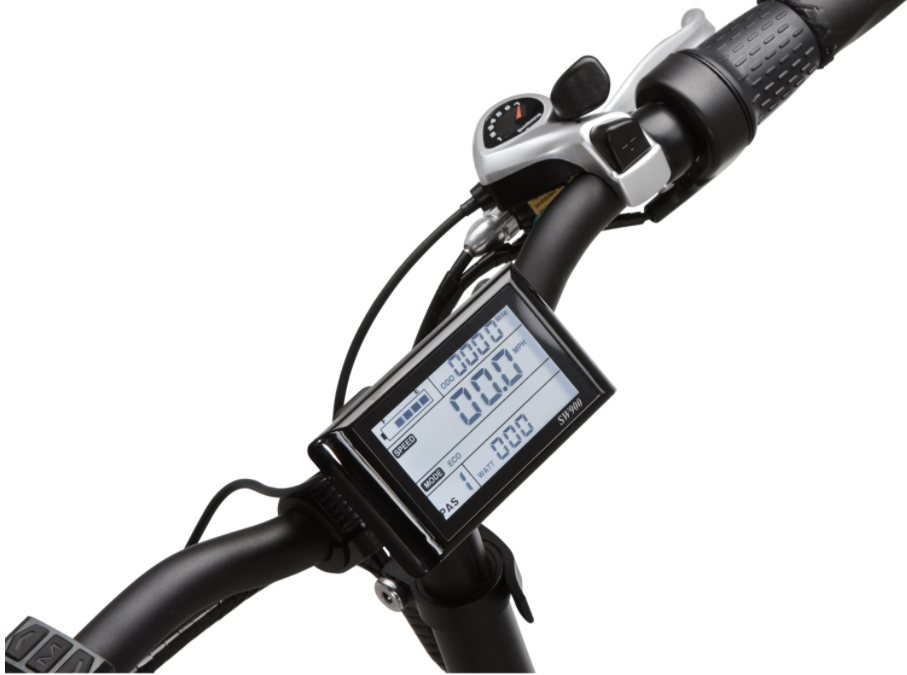
There’s more to know about electric bikes with pedal assist and throttle assist, however. How they operate will put them in a specific class. This relates to the rules and regulations around how they can be used in Canada.
Class 1: Ebikes in this category require that pedals are moving for the battery to kick in. Thus, these are pedal assist bikes. Even if it’s a pedal assist bike that also has a throttle, it still has to have the pedal-assist option to qualify as a Class 1 bike. These bikes also can’t go faster than 32 km/hr.
Class 2: Falling under this category are electric bikes with throttle assist that don’t require any manual pedaling in order for them to work. Like ebikes under the Class 1 designation, however, they also can’t go faster than 32 km/hr.
Class 3: Whether or not these bikes are pedal assist, have a throttle, or both, they are able to exceed 32 km/hr. They must also include a speedometer to allow the rider to monitor their speed.
What are the electric bike rules in Canada?
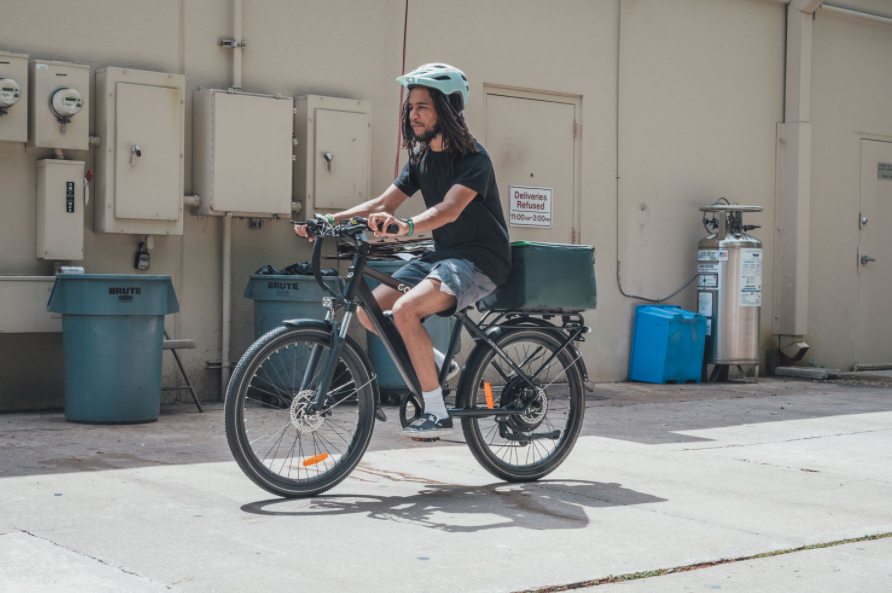
Canada does not follow a specific class system for electric bikes, but the rules do coincide with the aforementioned classes, which are used in the U.S. Any electric bike that can go faster than 32 km/hr. is considered a motorcycle, moped, or other device and thus falls under the same rules as those types of motor vehicles. This means you might require a license to operate it.
For electric bikes that fall under the specifics in Class 2, if no pedaling is required, the bike will no longer be classified as an ebike. Thus, you might require a license to operate one. Check the regulations in your local province for more details before investing in a Class 2 electric bike so you know the full rules.
If the throttle assist on an electric bike can be turned off, however, the electric bike is approved for use in Canada. Speed ebikes, it should be noted, which are rated to go faster than 45 km/hr. do not classify as electric bikes in Canada and thus may also require a license.
No matter which type of electric bike you choose, it’s also a good idea to wear a helmet while riding. Many provinces, in fact, have rules that a helmet must be worn. You also need to follow all the regular rules of the road, especially if you’re riding in residential areas, on trails, or bike lanes on the road.
Ready to grab one of your very own?
You’ll find a wide selection of electric bikes at Best Buy Online.





